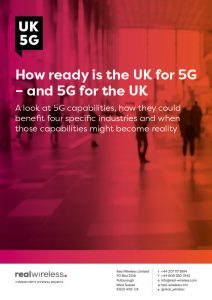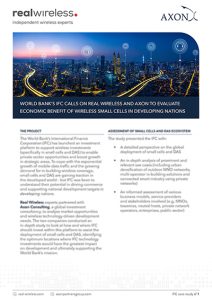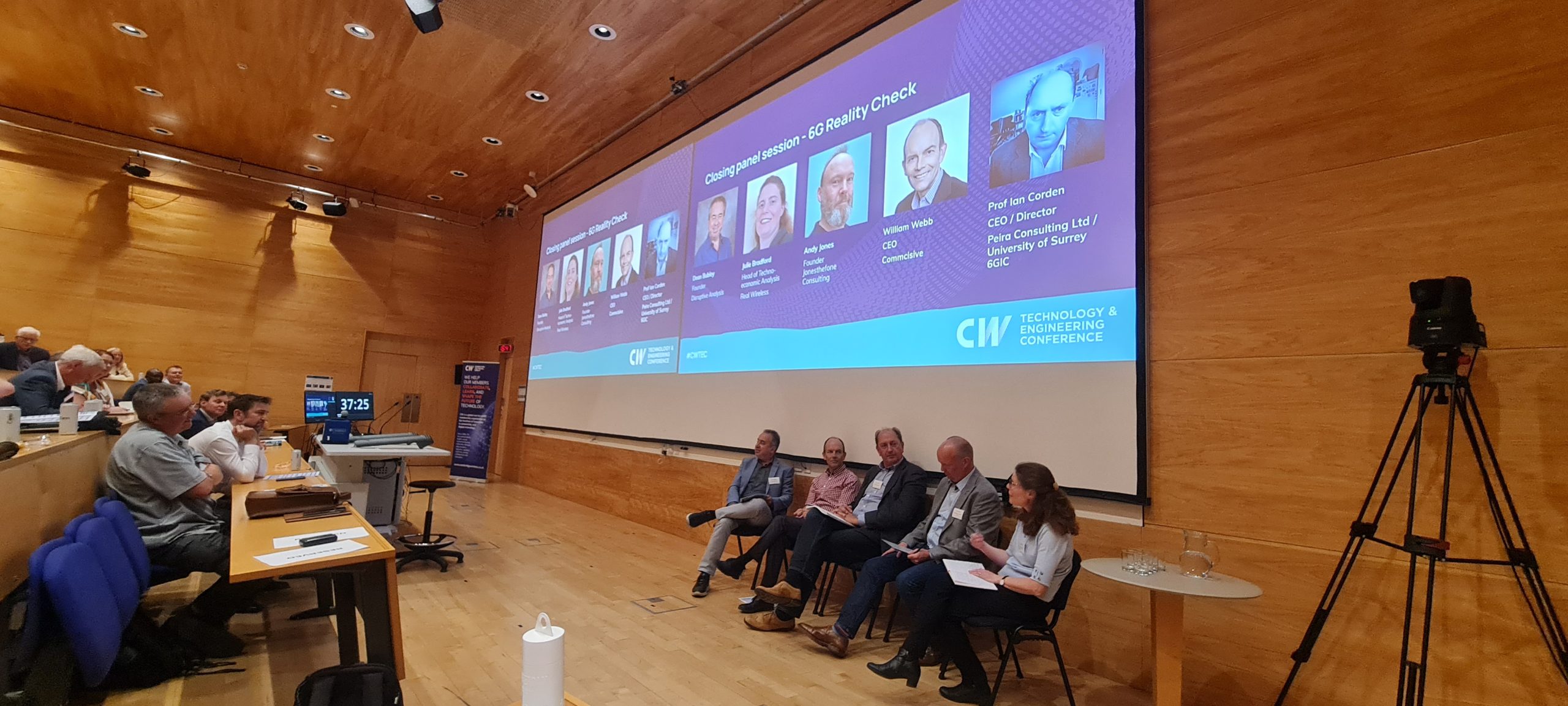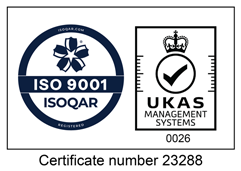The annual Cambridge Wireless’ Technology and Engineering Conference (CWTEC) always adds some pertinent insights to the issues raised by the ongoing evolution of wireless and Real Wireless was again a contributor to this year’s event, through both the organising committee and support for the event on the day.
But this year, attendees were taking on a difficult topic, given that the 2025 event focused on 6G. After all, 5G is far from fully formed, with standalone versions still rolling out, viable business models still being sought and the ecosystem still expanding; 6G, meanwhile, has barely reached the vision and requirements stage.
We should say, however, that Real Wireless is already contributing to those 6G visions and requirements through a number of projects, and we believe it’s important that events like CWTEC happen now if we are to understand what will be possible – and more importantly, needed – from 6G.
We do have insights based on real-world experience – or as real world as 6G can be right now. Based on knowledge gained through TrialsNet on how value can be measure in 6G applications, we are among 24 partners from ten European countries in SUSTAIN-6G (SUSTainability Advanced and Innovative Networking with 6G), a major European research initiative focused on ensuring that 6G is not only technologically advanced but also environmentally and socially responsible.
Real Wireless plays a dual role within the project. Firstly, evaluating the sustainability of 6G technologies, ensuring the networks themselves are energy-efficient, resilient, and low-impact. Secondly, we are exploring how 6G can drive sustainable outcomes in other domains, such as enabling smart energy innovation or supporting smart systems in agriculture and health.
There’s also the University of Bristol project REASON, or Realising Enabling Architectures and Solutions for Open Networks. For this, we have joined forces with three major mobile network equipment vendors to innovate, develop, and industrialise technologies and solutions for future 6G telecommunication networks. We are looking at areas like open network architecture roadmaps, emerging KPIs, network densification, AI, sustainability and security.
Related to all of this is our Spectrum Sandbox project, part of the UK’s Spectrum Sandbox programme, which focused on testing techniques for more efficient sharing of spectrum. This included, how Wi-Fi and mobile networks can share the same spectrum in the same overlapping areas targeting the upper 6GHz band as well as considering co-existence between users of the n77 spectrum. Even with a reduction in the rate of growth of traffic over networks, the economic forces underpinning densification, capacity and sharing of capacity will continue.
So even at this very early stage there is a lot of activity relating to 6G. Which is why, in her presentation at CWTEC, Julie Bradford, the Real Wireless Head of Techno-Economic Analysis, tried to set out the components required to ensure that 6G delivers what the UK wants from it.
This included understanding the commercial viability of the network capabilities and services being targeted. She also offered some reflections on lessons from previous generations of communications standards.
There is also going to be a growing concern about the environmental and socio-economic effects of 6G and Real Wireless believes that commercial viability needs to be delivered against increasing ‘greater good’ sustainability-related objectives. These will require careful policy and funding considerations alongside ensuring deployment best practices are shared and built upon. Such considerations will also drive infrastructure convergence between the energy and telco sectors, and greater realisation of sharing of digital infrastructure in general and neutral host approaches.
Given the overall title of the event – 6G Anarchy in the UK – it’s ironic that our own vision of a simpler, more secure, more sustainable, more accessible mobile infrastructure set for 6G seemed to be a concept with a lot of support.
Indeed, while standards, HetNets, NTN and new approaches to regulation were all discussed, and will all be relevant to the future of 6G, there also seemed to be a mood to back away from futuristic visions of the technology and embrace a much more easily understood 6G.
Another area of consensus was equally fundamental: there is plenty we can do to improve today’s connectivity services and technologies before we get to 6G.
It’s good that many of us agree on the need for getting these basics right. Looking optimistically at this event, we could argue that there is, even now, a welcome desire to put in place the right building blocks for 6G.
Of course, we have a lot of time in which to do that. But events like CWTEC and organisations like Cambridge Wireless will help. We encourage those with a business interest in the making or using of wireless systems to engage with the Cambridge Wireless community, the organisation is founded on a culture of expertise, collaboration and sharing of knowledge, that resonates with our principles of societal benefit and sustainability. And Real Wireless will, as ever, aim to live up to its reputation for constructive engagement: independent, balanced, evidence-based opinions and solutions drawing on relevant experience and learning. Contact us if you would like us to speak on the pros and cons of 6G at your events or to help with creating a strategic pathway towards a world in which 6G may emerge.
